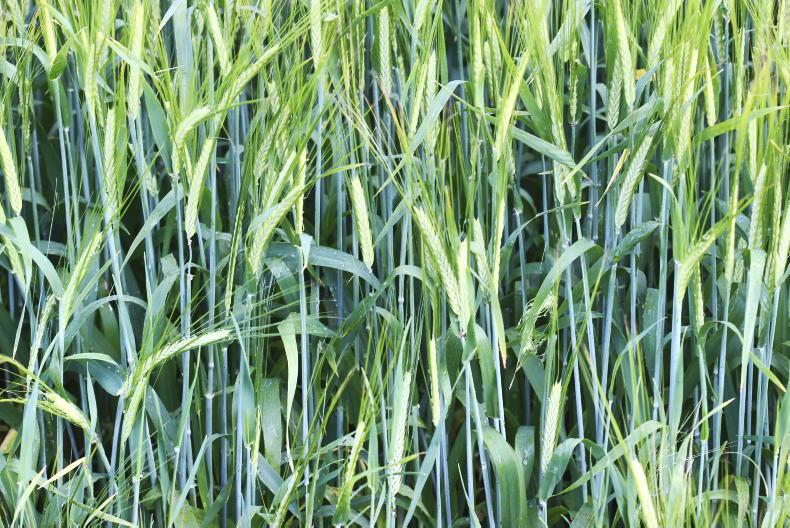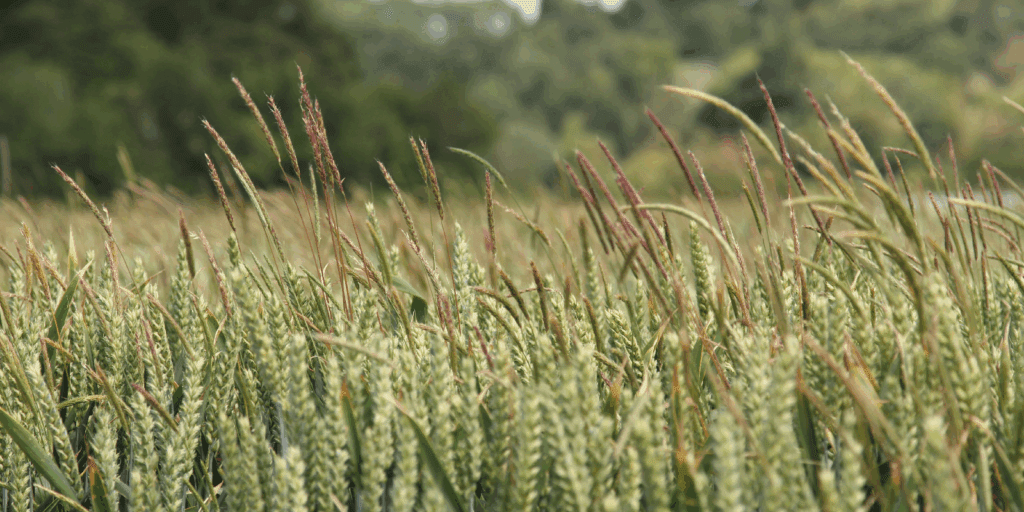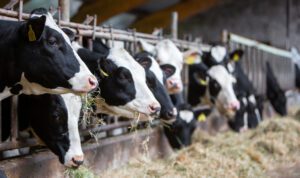Wheat
Many crops of wheat are well under control for Septoria. This is due to the dry spring preventing the fungal disease getting a strong hold of the lower leaves. It was also helped by being able to target the ideal fungicide treatments at T1 and T2. Apart from septoria there is a bit of rust around the north east. Many crops have been treated for this at T2 and any crops that are still having issues a strob should be added into the tank for T3. T3 will be applied in the coming days as many crops are starting to flower. For more information on wheat agronomy contact your Drummonds adviser.

Spring Barley
After the recent rainfall, spring barley crops have flourished, and the majority will have been treated with their first fungicide. The disease rating of each specific variety will define the danger of rhynchosporium and net blotch infection. However, in the case of ramularia, stress in the crop is typically the cause. Some spring barley crops will become infected to some degree, even if varieties have differing tolerance levels to ramularia.
Since ramularia can only be prevented, early fungicide application is essential. According to trials done by Drummonds, the multisite folpet shows some control against ramularia, and we can expect a certain level of control when combined with an azole like prothioconazol or mefentrifluconazole.

These trials have also clearly demonstrated that the best time to apply the last fungicide is between the flag leaf’s full emergence and the awns’ peeping, and that yields can be decreased by 0.3–0.4 t/ha by waiting for the heads to fully emerge and begin flowering. Keep in mind that all fungicides do nothing more than delay the start of ramularia. When it is visible, they won’t cure it. Research continuously demonstrates that 50% rates of any azole + SDHI/strob mix are sufficient to manage illnesses like net blotch and rhynchosporium.

Grass Weeds
Problem grass weeds including Italian ryegrass, blackgrass, sterile brome, and others are already beginning to show up in crops. In order to control these grass weeds and stop them from producing seeds that could remain in the ground for years, June is a crucial month. It’s too late to wait till July. In the UK, extreme approaches have been taken to prevent blackgrass heading by burning off full crops with glyphopate. This an extreme method but will ultimately save the producer a significant amount of money on grass and weed management by starting the fight against the weed as early as spotted. According to estimates in the UK, growers are paying between €400 and €500 per hectare for resistant blackgrass. It is obvious that no Irish grower can afford this expense.

Italian ryegrass is now surpassing blackgrass as the most common grass weed in Denmark. which is also starting to become a bigger issue in ireland. The best way to keep populations under control before they become unmanageable is still rogueing. To ensure there are no large out breaks, growers should all walk their crops.
Keep in mind that allowing Italian ryegrass or blackgrass to grow until harvest can worsen the issues on your farm and pollute the farms of your neighbours. If growers suspect any grass weeds or any other invasive weeds they should contact there Drummonds rep to get the plant tested for resistant genes to tailor the best IPM control.




